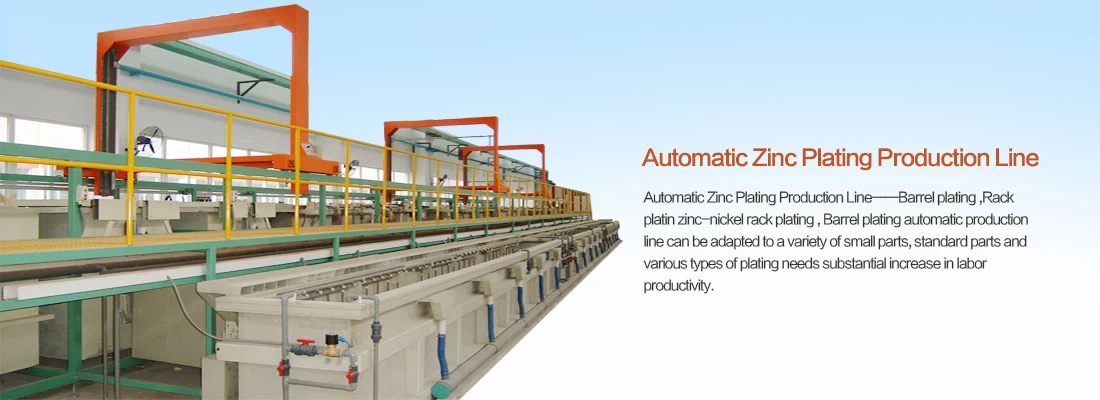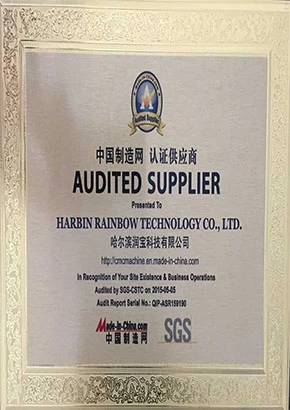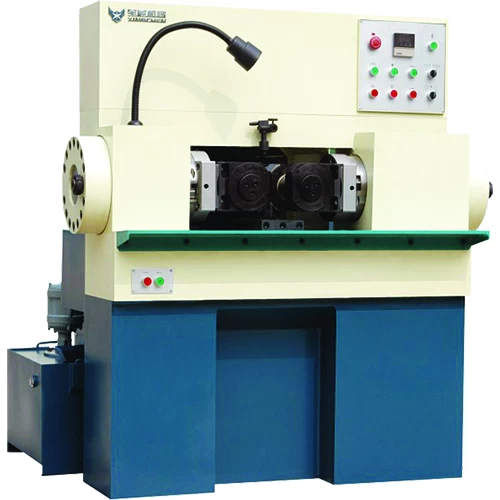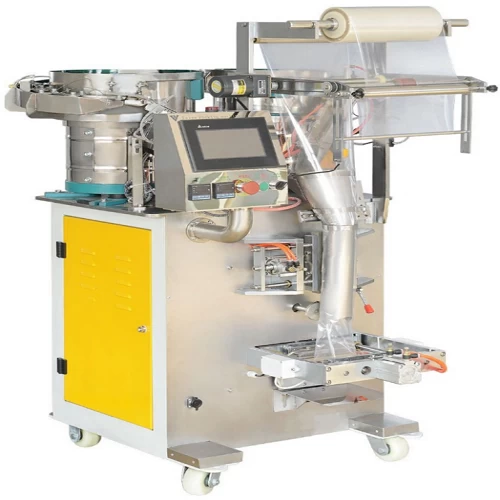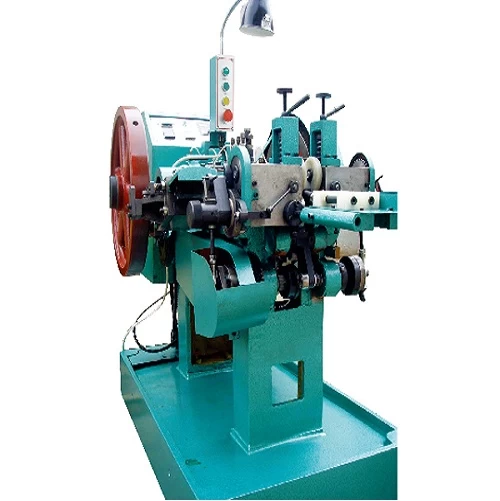Electroless nickel plating
(1) Characteristics, properties and uses of electroplating nickel:
1. The stability of the electroplated nickel layer in the air is very high, and because the metal nickel has a strong passivation ability, a very thin passivation layer can be quickly generated on the surface
membranes, resistant to atmospheric, alkali and certain acids.
2. The electroplating nickel crystals are extremely fine and have excellent polishing performance. The polished nickel plating gives a mirror-like glossy appearance while being large
It retains its luster for a long time. Therefore, electroplating is often used for decoration.
3. The hardness of nickel plating is relatively high, which can improve the wear resistance of the surface of the product, and the nickel plating layer is commonly used in the printing industry to improve the hardness of the lead surface.
Due to the high chemical stability of nickel metal, some chemical equipment also commonly uses a thicker nickel plating to prevent corrosion by the medium. Nickel plating
It is also widely used in functional aspects, such as repairing worn and corroded parts, and using brush plating technology for spot plating. Electroforming is used
The process used to manufacture electroformed plates, record molds and other molds for the printing industry. The thick nickel plating layer has good wear resistance and can be used as a resistant
Grinding plating. In particular, in recent years, composite electroplating has been developed, which can deposit a composite nickel plating layer sandwiched with wear-resistant particles, and its hardness and wear resistance are higher than that of plating
The nickel layer is higher. If graphite or graphite fluoride is used as the dispersed particles, the obtained nickel-graphite or nickel-fluoride graphite composite coating has a good quality
Self-lubricating, which can be used as a lubrication coating. Black nickel coating is also widely used as a coating or decorative coating for optical instruments.
4. Nickel plating has a wide range of applications, and can be used as a protective decorative coating to protect the substrate on the surface of steel, zinc die castings, aluminum alloy and copper alloy
The material is not corroded or plays a bright decorative role; It is also often used as an intermediate coating for other coatings, on which a thin layer of chromium is plated, or a layer of imitation gold is plated.
Its corrosion resistance is better and its appearance is more beautiful. In terms of functional applications, nickel plating on parts in special industries is about 1~3mm thick, which can achieve the purpose of repair
Target. In particular, in continuous casting molds, molds on the surface of electronic components, die-casting molds for alloys, and aerospace engines with complex shapes
The manufacture of components and miniature electronic components is becoming more and more widely used.
5. In electroplating, due to the excellent properties of electroplating nickel, its processing volume ranks second only to electrogalvanizing, and its consumption accounts for the total output of nickel
about 10%.
(2) Characteristics, properties and uses of electroless nickel plating:
1. Thickness uniformity Uniform thickness and good uniform plating ability are a major feature of electroless nickel plating, and it is also one of the reasons for wide application
It eliminates the uneven thickness of the plating layer due to uneven current distribution. During electroless plating, as long as the surface of the part is in contact with the plating solution, the plating solution is neutralized
The consumed components can be replenished in time, and the thickness of the plating layer in the plating parts is basically the same, even if there are grooves, gaps, and blind holes.
2. There will be no hydrogen seepage and no hydrogen embrittlement on the plated parts, and there is no need to remove hydrogen after electroless nickel plating.
3. The functions of many materials and parts, such as corrosion resistance and high temperature oxidation resistance, are better than electroplating nickel.
4. It can be deposited on the surface of various materials, such as: steel nickel-based alloy, zinc-based alloy, aluminum alloy, glass, ceramic, plastic, semiconductor and other materials
material surface, thus creating conditions for improving the properties of these materials.
5. There is no need for DC motors or control equipment required for general electroplating.
6. The heat treatment temperature is low, as long as it is below 400 °C after different holding time, different corrosion resistance and wear resistance can be obtained, so it is particularly applicable
Functional plating for parts with complex shapes and surface requirements that are wear-resistant and corrosion-resistant




